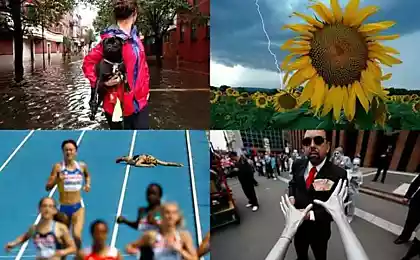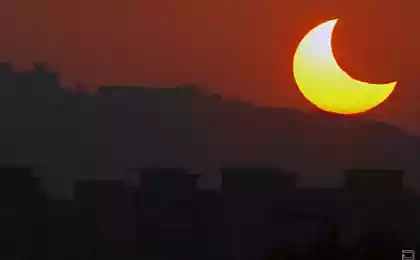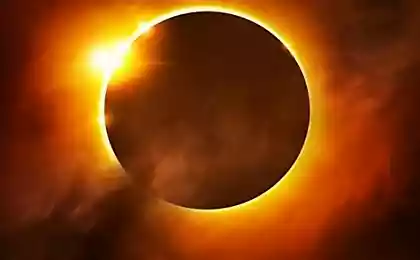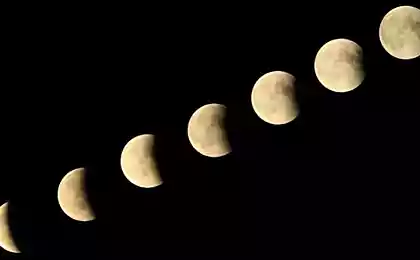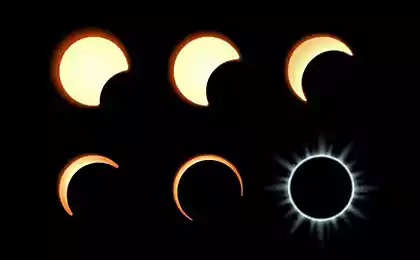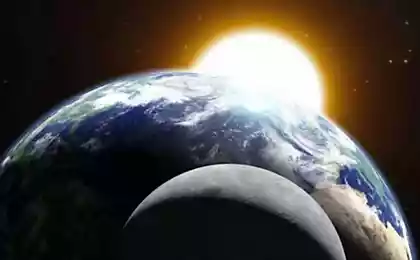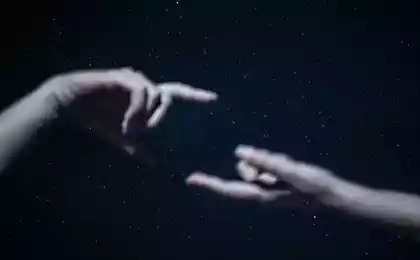955
August 16 held a partial lunar eclipse
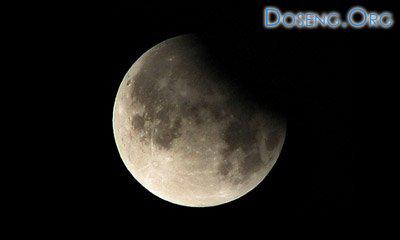
According to astronomers will be held August 16 partial lunar eclipse that will be seen in Europe, part of Russia, Africa and parts of Asia. The moon will fall into shadow the northern part of the planet, resulting in the night from 16 to 17 August from 2:44 to 22:36 (Moscow time) will be possible to see the eclipse.
Scientists say that the configuration and the path of movement of the planets is that often follows a lunar eclipse the sun. Thus was this time. Exactly two weeks ago, the inhabitants of the planet could observe a total solar eclipse.
According to preliminary calculations, the peak of the eclipse will be in 0:11 Moscow time, at this time the inhabitants of the southern regions of Europe, Africa and part of Russia will be able to see how the moon will be closed by 81%. C Earth observers will be able to see at this point only the upper part of the Moon.
Astronomers say up to 22:10 on the moon will be visible only weak diffuse shading on the left side, but they are clearly visible in the dark.
Muscovites and residents of southern parts of European Russia will also be able to see the upcoming eclipse, of course in the event that it will make the Offers.
Generally, the lunar eclipse occurs in half of the Earth (where at the time of the eclipse night). View shadowed moon from any observation point is the same. The maximum theoretically possible duration of the total phase of a lunar eclipse is 108 minutes; This was, for example, a lunar eclipse July 16, 2000.
During the eclipse (even full) Moon does not completely disappear, but it becomes dark red. This is explained by the fact that even in the phase of the Moon total eclipse continues to be illuminated. The sun's rays tangential to the earth's surface, are scattered in the atmosphere and due to this scattering partially reach the moon. Since the Earth's atmosphere is more transparent to the rays of the red-orange part of the spectrum, these rays are increasingly reaching the surface of the moon during an eclipse, which explains the color of the lunar disk.
Each year there are at least two lunar eclipses, but due to the mismatch between the planes of the orbits of the Earth and the moon, their phases differ. Eclipses are repeated in the same order every 18 years, 11 days and about 8 hours - a period called the Saros. Knowing where and when there was a total lunar eclipse, can accurately determine the time of the next and previous eclipses and visible in the area.



